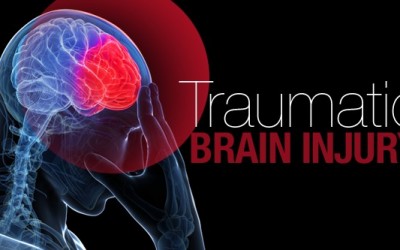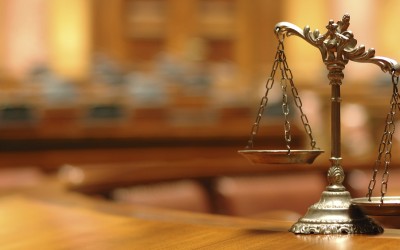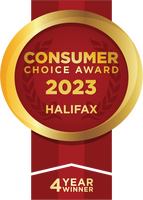How is Property Damage Dealt With After a Car Accident?

If you’ve been involved in a car accident in Nova Scotia, you may have faced frustrations trying to get compensated for property damage. Dealing with insurance companies to replace or repair your damaged car can feel overwhelming. Below is a helpful summary of how property damage works for car insurance in Nova Scotia.
Nova Scotia has a law that provides each insured driver with insurance called “Direct Compensation Property Damage”. This means that after a car accident, you deal with your own insurance company for a claim, regardless of who is at fault for the accident. This allows your property damage claim to be processed without waiting for a third party decision. It is called Direct Compensation because even though someone else causes the damage, you collect directly from your insurance company. This is a standard inclusion in “Section C” of the insurance policy of every Nova Scotia driver who purchases third party liability insurance.
Making a claim for property damage (under “section C”) should be pretty straightforward. However if you were under the influence of drugs or alcohol at the time of the accident, or if you allow a driver under the influence use your vehicle, and an accident happens, Section C may no longer apply. This is one of the many hidden punishments of impaired driving.
How The Insurance Company Calculates Vehicle Compensation:
There are two steps. First, there is a calculation of how much it will cost to repair the damage or the “actual cash value” of the damaged goods. Next, the insurance company will decide just how much of the accident was your fault. This is done through a fairly complicated process following the Automobile Insurance Fault Determination Regulations. It’s basically a giant flowchart that insurance companies are required to use to determine how much a person is responsible for an accident.
Needless to say, both steps can lead to some heated debates. On the one hand, the actual cash value of your vehicle may be far less than your car loan or what you think the car is worth due to condition, modifications, etc. On the other hand, you may disagree with the percentage of fault assigned to you in your claim. You may even disagree on both.
If you believe that another driver was 100% to blame for your property damage, but that this is not reflected in the Automobile Insurance Fault Determination Regulations, your only recourse is to bring a claim against the other driver’s insurance company. You will have to prove the fault/negligence of the other driver. It is the same type of process that is used for obtaining compensation for personal injuries resulting from a car accident.
The other driver’s insurance policy has to pay 100% of the property damage if you’re successful at proving total liability against that driver. Big warning however: you may lose the right to bring a later claim for injury compensation by accepting a settlement for property damage from the negligent driver’s insurance company. It’s because of this that we strongly suggest that you always speak with an experienced car accident lawyer before approaching the other driver’s insurance company.
If you have any questions about a property damage claim following a car accident, please give us a call for a free consultation.






















